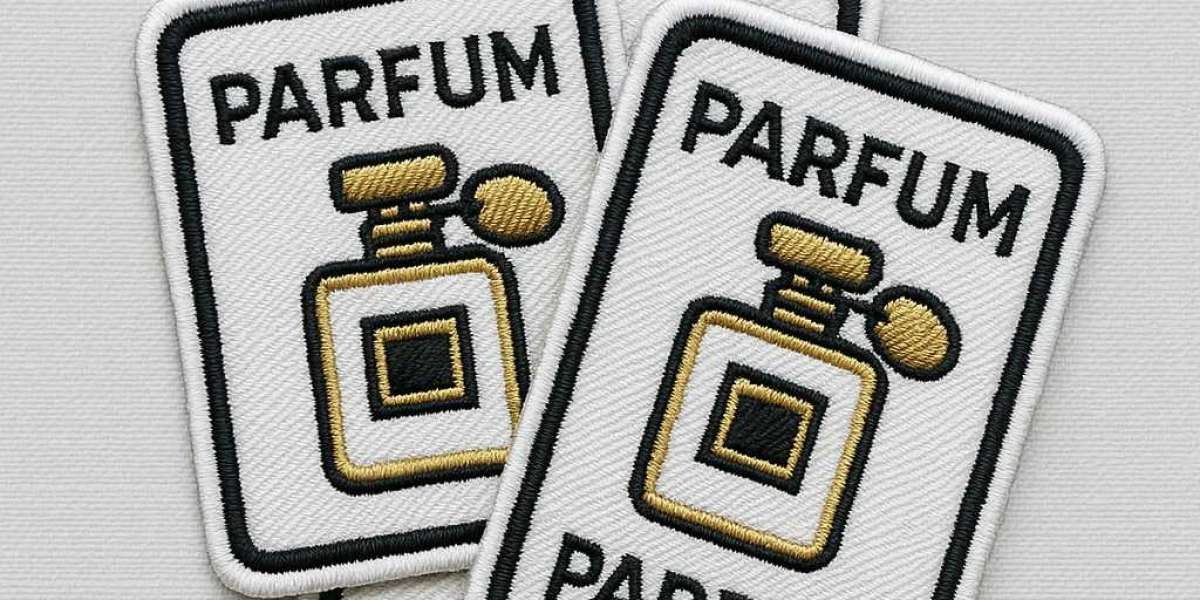Introduction
In a world increasingly conscious of environmental impact, sustainable fashion has moved from niche to mainstream. But as clothing brands pivot to greener methods, a crucial behind-the-scenes transformation is quietly enabling this revolution: embroidery digitizing services.
These services—which convert artwork into digital embroidery files—are now playing a vital role in reducing waste, improving production efficiency, and offering scalable customization for ethical fashion brands.
This article explores how embroidery digitizing services are evolving to meet the needs of sustainable fashion in 2025. From low-waste production to eco-friendly design workflows, digitizing is more than a tech tool—it’s a sustainability enabler.
What Are Embroidery Digitizing Services?
Embroidery digitizing services involve converting a design—like a logo, artwork, or pattern—into a machine-readable embroidery file (e.g., .DST, .PES, .EXP). These files instruct embroidery machines on how to stitch the design.
In traditional processes, this was a manual and time-intensive task. But modern digitizing uses AI-driven software to streamline the process with accuracy, consistency, and now—sustainability in mind.
Sustainability Challenges in Traditional Embroidery
Let’s understand why the old way wasn’t sustainable:
❌ Excess Material Waste – Inaccurate or inefficient embroidery paths led to excess thread usage.
❌ Trial Error – Many physical test runs were needed before final production.
❌ Bulk-Only Models – Limited digitizing resources forced brands to produce in bulk, leading to overstock.
❌ Non-Digital Workflows – Paper-based approvals, courier samples, and unnecessary energy usage added to the carbon footprint.
How Embroidery Digitizing Services Support Sustainability Goals
✅ 1. Precision Reduces Waste
Modern digitizing tools optimize stitch paths, ensuring the least amount of thread is used without compromising quality. This significantly reduces material consumption.
✅ 2. Digital Previews Eliminate Sampling
High-resolution previews allow designers and clients to approve work digitally—no need to produce multiple stitched samples, which saves thread, fabric, and energy.
✅ 3. Made-to-Order Production
With on-demand embroidery possible via digitized files, fashion brands can adopt zero-inventory models—producing only what is sold, thus minimizing unsold stock.
✅ 4. Cloud-Based Collaboration
No more physical files or printouts. Teams collaborate globally using digital files, reducing logistics and paper waste.
How Sustainable Brands Are Using Digitizing Services in 2025
? 1. Localized Production
Small ethical brands are outsourcing only the digitizing part and working with local embroidery workshops to produce clothing in small batches—cutting down on international shipping emissions.
? 2. Natural Thread Mapping
Some advanced digitizing software even recommends organic or recycled thread types based on the design’s density and thread length—aligned with eco-friendly sourcing goals.
? 3. Reusable Templates
Digitized files can be reused across product lines, from t-shirts to tote bags, enabling modular product design and less creative waste.
Technology Powering Eco-Friendly Digitizing in 2025
| Tool | Feature |
|---|---|
| Wilcom Embroidery Studio e4.5 | AI-optimized stitch paths, thread length calculation |
| Ink/Stitch (Open Source) | Open-source sustainable digitizing with SVG integration |
| Embrilliance Platform | Cloud-based customization eco-print simulation |
| Vectorizer.ai + Embroidery Conversion APIs | Sustainable workflows from sketch to stitch-ready files |
Real-World Case Study: GreenThreads Studio (USA)
Background:
An eco-conscious apparel brand using only recycled cotton and biodegradable threads.
Problem:
They needed a scalable but low-impact way to add custom embroidery designs for each customer.
Solution:
Partnered with a cloud-based digitizing service that offered real-time embroidery previews, sustainable thread recommendations, and reusable digitizing templates.
Results:
60% decrease in production waste
40% increase in customer personalization options
Zero samples needed, all approvals done digitally
Why Embroidery Digitizing Services Are Ideal for Sustainable Brands
? Custom-Ready: Enable personalized, made-to-order fashion
? Waste-Reducing: Optimized thread usage and efficient production
? Energy-Saving: Digital approvals = no shipping of physical samples
? Scalable for Small Brands: Even small businesses can offer luxury-level embroidery
? Environmentally Integrated: Works alongside organic fabrics and natural threads
Tips for Eco-Focused Brands Using Digitizing Services
✅ Choose digitizers that use thread optimization algorithms
✅ Request digital previews to reduce sampling waste
✅ Use open-source tools if you’re a startup with limited budget
✅ Prefer cloud-based file sharing to reduce unnecessary prints
✅ Build a digital archive of embroidery templates for reuse
Trends to Watch: The Future of Sustainable Digitizing
? AI-Powered Eco-Design Recommendations
Software that adjusts stitch density to thread type and fabric sustainability goals.
? Green Thread Marketplaces
Digitizing platforms recommending suppliers of organic/recycled threads.
? Carbon Tracking for Each File
Embroidery files may soon carry embedded carbon metrics for brands to report.
? Customer Uploads, Instant Stitch-Ready Files
Customers could upload their designs and instantly get a carbon-rated preview of their embroidered product.
Conclusion
In 2025, embroidery digitizing services are not just about creating machine files—they’re a core technology helping fashion become greener, smarter, and more personalized.
Whether you’re a sustainable startup or an established ethical brand, investing in advanced digitizing workflows can help you lower costs, reduce waste, and impress customers with eco-friendly embroidery options.
Digitizing services are not just threads and machines anymore. They’re part of the climate solution.
 Meet Ups
Meet Ups
 Experiences
Experiences
 Learning Center
Learning Center
 Accommodation
Accommodation
 Roomie
Roomie
 Ride
Ride
 Spread the Word
Spread the Word
 Student Bazaar
Student Bazaar
 Jobs
Jobs
 Blogs
Blogs
 About StudentInsta
About StudentInsta

